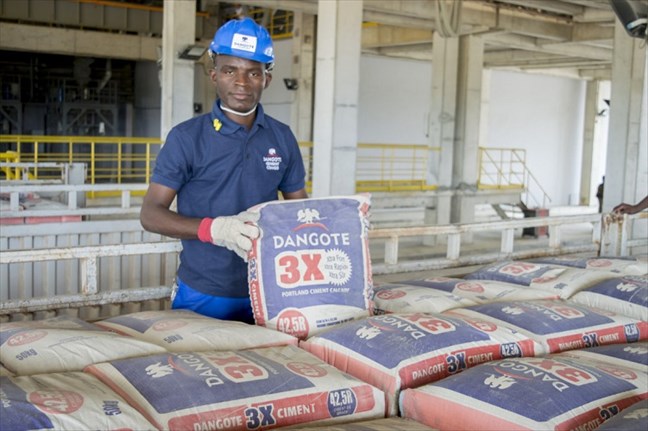In November, Netflix introduced its long-awaited ad-supported tier, which gives customers in certain markets, such as the United States, the opportunity to offset the cost of a Netflix subscription by allowing their viewing to be interrupted with ad breaks.
Jeremi Gorman, President of Worldwide Advertising for Netflix, spoke at the Consumer Electronics Show in Las Vegas and provided some first insight into how the product has been functioning as well as the streamer’s future ambitions.
An executive from the company stated their satisfaction with the premiere selection of sponsors and the diversity of those advertisers during an interview that took place at Variety’s Entertainment Summit at CES.
In reference to the many different brands that are taking part, Gorman stated that “it’s really across the board.”
“We’re seeing consumer packaged goods firms, luxury goods companies, automakers, and retail companies.
The picture is quite comprehensive at this point.” She pointed out that this is also beneficial for the customer experience because it ensures that viewers won’t become disinterested in seeing one automobile commercial after another.
According to Gorman’s prognostication, “There is a vast variety of advertising types, and I think that we’ll continue to see that.”
Several of the initial criticisms and worries regarding Netflix’s expansion into advertising were addressed in this interview as well.
One of these is the primary criticism that the company has been getting about the high costs it charges for advertisements, in the form of requests for what an executive from the industry has nicknamed “Super Bowl CPMs.” However, Gorman defended Netflix’s pricing structure while acknowledging that the market will ultimately determine the type of prices the company is able to charge customers.
“In terms of supply and demand, the premium CPMs are a reflection of two things: the first is that we just couldn’t accommodate that many advertisers.
We made it a point to avoid becoming the ones to let anyone down.
In a secondary consideration, I believe that the premium content environment in which the advertisements are displayed justifies a high CPM.
Must Read: Nigerians to pay more for DStv Packages -Multichoice
There is, of course, room for discussion on whether or not Netflix can be considered a “luxury environment.”
On the other hand, it seems that Netflix is altering its expectations.
“I believe we’re definitely humble enough to very much recognize we’re top of market, and in addition to that, the market will more or less dictate to us what are appropriate CPMs,” Gorman said. “I think we’re certainly humble enough to very much understand we’re top of market.”
Concerns about the kind of programming that may or may not contain advertisements are yet another aspect of Netflix’s business model.
Many of the streamer’s content deals did not include AVOD rights because it was not designed to operate as an advertisement-supported service from the beginning (advertising video on demand).
This implies that Netflix has a restricted ad inventory, and if the transactions didn’t include the required rights, it couldn’t even run advertisements against some of its own “Netflix Originals.”
Gorman addressed this issue as well, indicating that Netflix was working hard to resolve any license problems.
“That is making progress even as we talk, on a daily basis.
“We are renegotiating deals that we signed a long time ago,” she said, adding that the “vast bulk” of content that people watch frequently is available in the ad tier surface. “We are renegotiating deals that we made a long time ago,” she said.
According to Gorman, in the meantime, Netflix makes between 85% and 95% of its content available on the tier that includes advertisements.
Then there is the real concern that, from a business point of view, offering a lower-cost tier has the potential to cannibalize Netflix’s existing subscriptions as customers drop to cheaper tiers at a quicker rate that is not offset by growth in the ads tier. This is a concern because it has the potential to reduce the number of customers who subscribe to Netflix.
Gorman, on the other hand, downplayed those concerns by stating that traditionally, Netflix subscribers have remained on the plan that they are now on.
The executive was unable to comment on the popularity of the product that is supported by advertisements due to the fact that Netflix is about to publish its earnings; nevertheless, the executive did say that “we’re delighted with the growth we’re witnessing.”
Recommend: WAPTV to get new channel number on GOtv
The ad-supported tier of Netflix is now accessible in the following countries: the United States, the United Kingdom, France, Germany, Spain, Italy, Australia, Japan, Korea, Brazil, Canada, and Mexico.
Although the company does not currently have any intentions to expand in the near future, in the longer term, they do intend to go after larger advertising markets.
In addition to being subjected to advertisements, users who opt for the Basic plan with Ads must also contend with a lesser video quality (720p HD) and are only permitted to watch from a single device at a time.
They are unable to download content to their devices for viewing while they are not connected to the internet.
In the future, Netflix plans to do a little bit more than just broadcast normal advertisements. This will include activities such as the dynamic insertion of advertisements near moments that are relevant to marketers, as well as the sponsorship of individual shows and other activities.
In the future, it will also enable advertisers to target customers according to age and gender.













